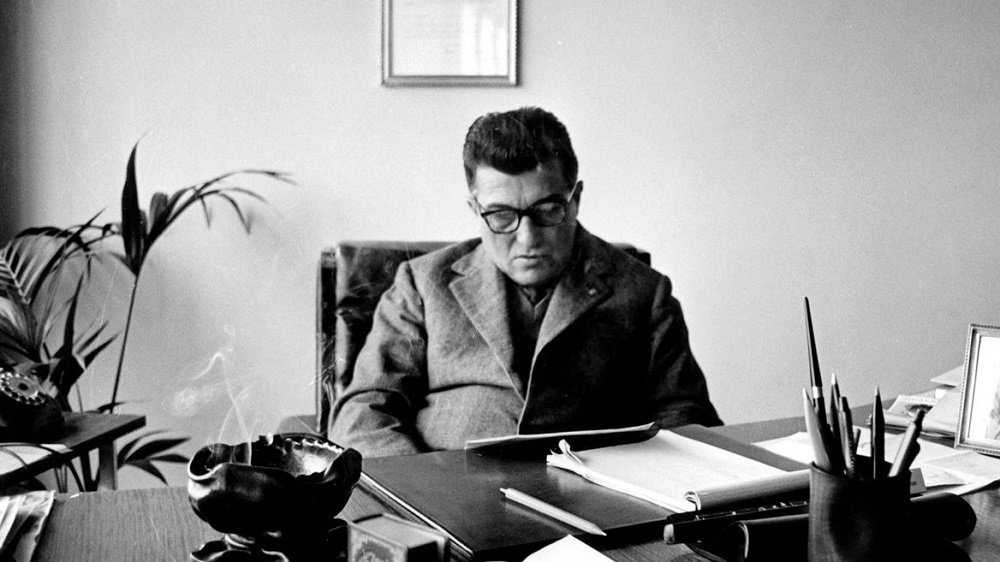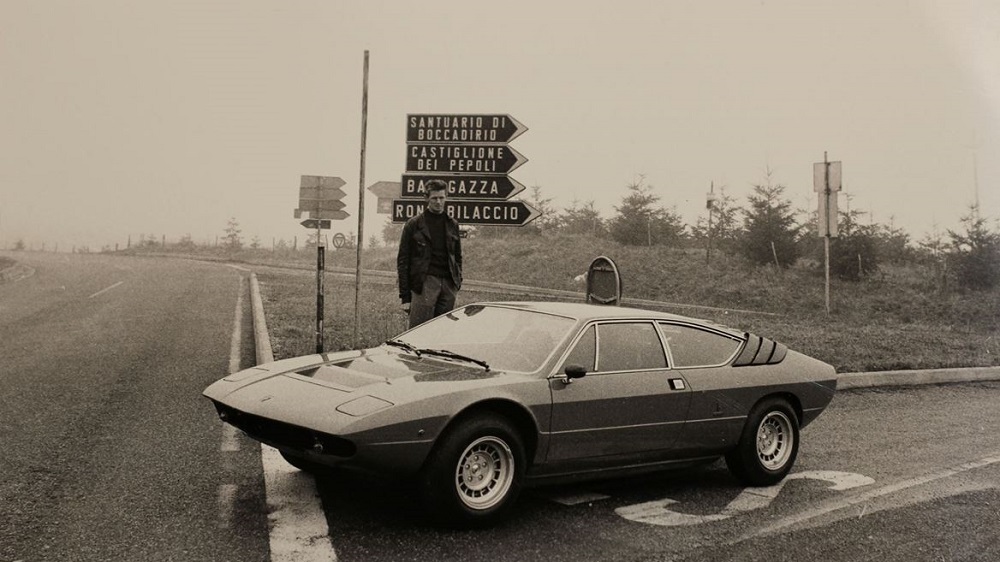First and foremost, founder Ferruccio Lamborghini, who was able to invent a tractor starting with surplus war equipment and build a successful business from there. Subsequently, already an established businessman, Ferruccio rose to the challenge again and entered the automotive industry to redefine its paradigms. In a time when civil society and labor still followed rigid rules, his first revolution was to create a company producing sports cars that aspired to be the best GTs in the world, bringing on board a group of young engineers, many of which had just graduated from university.
Giampaolo Dallara was appointed Technical Director at the tender age of 27. Under his direction, the first production Lamborghinis were built, above all the Miura (1966) - the car that forced the journalists wanting to describe it to coin a new term: supercar. Everything about the Miura was new and had never been seen before on a production car. From a technical point of view, its four-liter engine with four overhead camshafts was unprecedented. Meanwhile, the lines of the Miura, designed by Carrozzeria Bertone, did their job in turning this twelve-cylinder machine into the most coveted car of its time and, in more recent times, an authentic collector’s item.
In 1968, the position of Technical Director, in addition to that of Production Director, was assigned to young engineer Paolo Stanzani who had joined the company in 1963 at just 27 years old. Stanzani is credited with developing the Countach project and turning it into the world’s fastest super sports car for almost 20 years. The Countach adopted a new transmission system, with the driveshaft passing through the engine block, and was the first mass-produced car to have scissor doors. These distinctive traits are still evident in the production of today’s twelve-cylinder Lamborghinis. Stanzani would subsequently create the Urraco, a four-seater berlinetta with a V8 engine featuring Heron head combustion chambers, sitting in a transverse position at the rear. The engine was complemented by other technical innovations such as a MacPherson strut suspension on both front and rear and the “dished” steering wheel with the steering column positioned ahead of the cockpit.
Bob Wallace, born in 1938 in Auckland, New Zealand, was Lamborghini’s chief test driver from 1963 to 1975 and essentially the man who developed all Lamborghini models up to and including the Countach on the road, kilometer after kilometer. He is credited with creating a system of work and testing that to this day is considered the basis of Lamborghini’s R&D department and beyond. Passionate about auto racing, Wallace had an agreement with Ferruccio Lamborghini to create components and novel solutions from used parts on company machinery in his spare time. These were then tested on experimental cars, which led to the creation of the Miura “Jota”, the Jarama “Bob” and the Urraco “Rallye”, all considered legendary specimens today. The results of this “free experimentation” allowed the rapid evolution of Lamborghini production cars and the brand’s subsequent extraordinary ascent at the international level.
Franco Scaglione, Ferruccio Lamborghini’s contemporary, was born in 1916 in Florence, the city that educated him in his appreciation of beauty. He grew up during the heyday of the Futurist movement, where artists were constantly searching for dynamism, movement, and speed. After studying aeronautical engineering, he followed his passion for design and began to work as a fashion designer before eventually designing cars for the most important body shops of the time. His BATs, the Berlinette Aerodinamiche Tecniche, brought aerodynamic research into automotive styling in the 1950s. In 1963, on direct request of Lamborghini, Scaglione designed the body of the very first Gran Turismo born in Sant’Agata Bolognese. The lines of the 350 GTV were exceptional, characterized by rounded shapes, very thin pillars, and its curved windows. This car would be the calling card with which the newly established Lamborghini presented itself to industry insiders and the public alike, immediately displaying the company’s ambitions.
Engineer Giulio Alfieri was born in Parma in 1924 and graduated from the Polytechnic University of Milan just after the end of World War II. He joined Lamborghini in 1975 and was appointed General Manager in 1982, ushering in the era of composite materials. He was responsible for the development of the Countach Evoluzione, a Countach prototype almost entirely made of carbon fiber, about 500 kg lighter than a normal Countach, and capable of exceeding speeds of 330 km/h. These studies were almost immediately put into practice, first in the Countach 25th Anniversary in 1988 and then in the Diablo presented in 1990. To this day, carbon fiber technology is one of the jewels in the crown of Lamborghini’s production.











